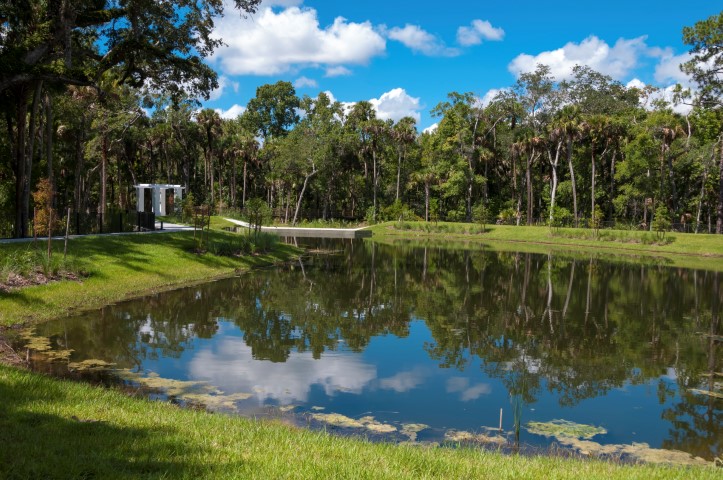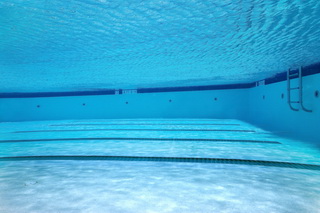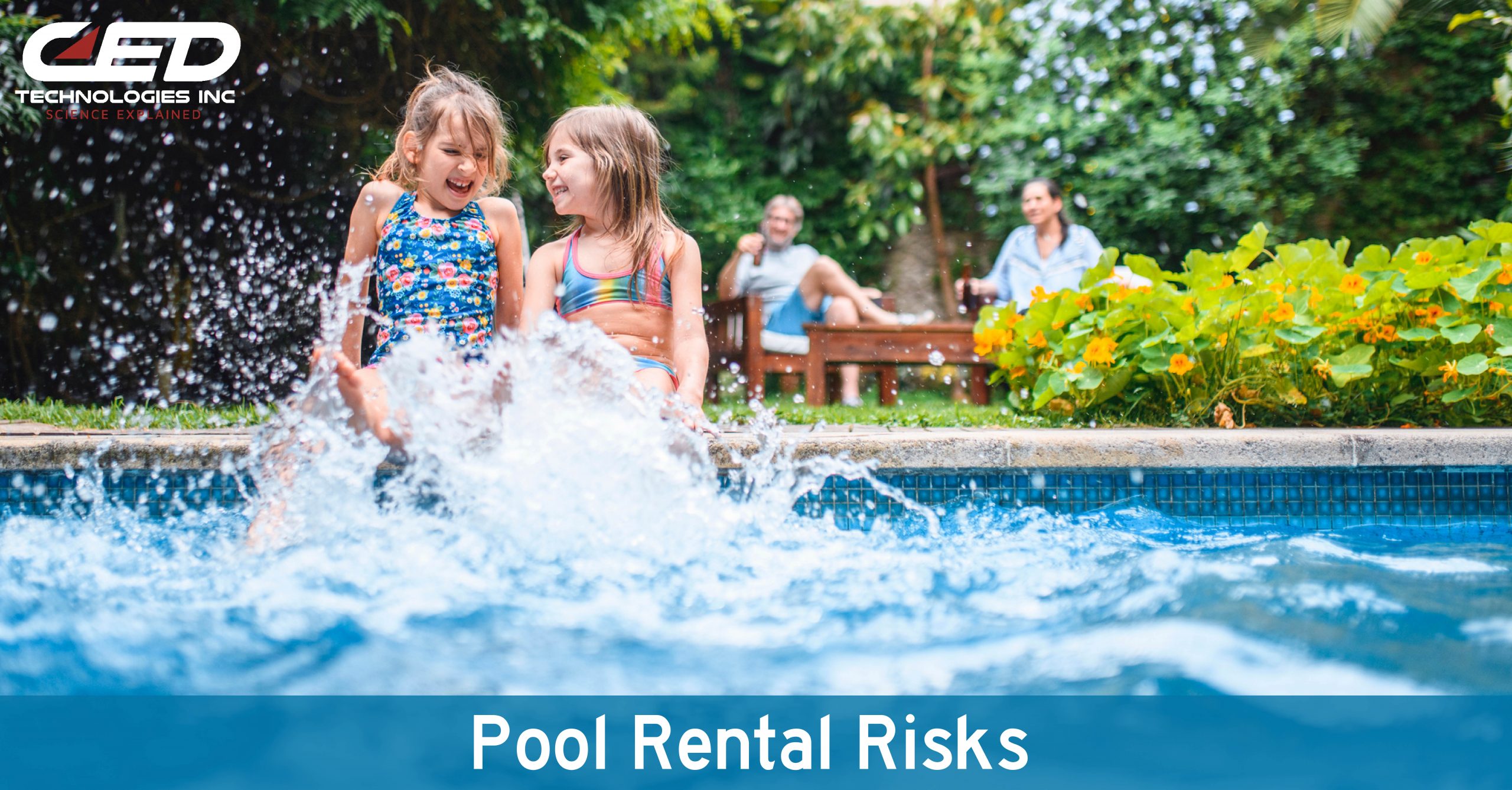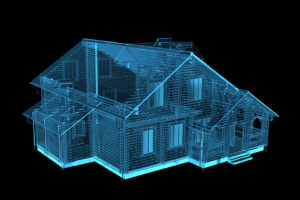In many communities across the country, drowning is estimated to be the second leading cause of injury death after road traffic injuries. In 2007, there were 3,443 fatal unintentional drownings in the United States, averaging ten deaths per day (Center for Disease Control and Prevention, 2010). Approximately 20% of the fatal drowning victims were children who were 14 years or younger. While that statistic is startling, for each fatality there are an additional four children that receive medical attention for nonfatal water-related injury (Center for Disease Control and Prevention, 2010). The Center of Disease Control and Prevention (2010) reported that fatal drowning remains the second leading cause of unintentional injury-related death for children ages 1-14 years. A significant number of these incidents occur in water retention and detention ponds.
Water retention and detention ponds have been widely used throughout the United States for many years. Retention or detention ponds can be found all over the United States, in even the most arid of climates. Over the last several years there has been a significant increase in the number of water retention ponds dotting the urban landscape. A majority of the ponds have been constructed to satisfy local government regulations for storm water detention in new residential sub-divisions to minimize the infusion of contaminates to open water. A properly located and well-constructed retention or detention pond can be an eye pleasing addition to landscaping as well as a necessary design feature. Good landscaping design techniques take into account the size of the pond, site visibility, relationship to the surrounding environment and shoreline configuration. A retention pond that can be viewed from a home, business or road can increase the beauty of the landscape and often increases the property value. A poorly designed, constructed, or maintained retention or detention pond can be a perilous hazard lying in wait.
Retention and detention ponds are both common conventional method for managing storm water. The difference between a retention pond and a detention pond is simple. The retention pond is designed to always have water in it and a detention pond only detains the water during rainy periods. Both retention and detention ponds are designed to help control the runoff and limit flooding during high water times. A detention pond will hold the water for a short time and then slowly release it, normally within 72 hours.
If an accident does occur at a retention or detention pond, who is best qualified to investigate the incident and determine what and who may be at fault? The expert needed in these claims and cases is an experienced and licensed civil engineer.
The first and arguably most important feature the civil engineer will examine is the slope of the shoreline of the pond. Ideally, pond shorelines should have gradual slopes. A gradual slope minimizes erosion, lessens the chance of involuntary entry into the pond and allows for easier exiting from the pond. A gradual slope also succors proper maintenance by allowing heavy equipment access for periodic sediment removal and grass mowing.
It is the slope of the land that usually governs whether or not a fence is required. A civil engineer can determine if a fence was required and if so whether the correct barrier was in place. Some jurisdictions also state that if a drowning situation does occur where public safety agencies are needed; these rescue agencies should not be impeded from their recuse procedures by a fence or barrier. Additionally, some barriers may also limit children’s ability to self-rescue from the pond. A civil engineer can help navigate these complex and often seemingly conflicting guidelines.
It is not just the slope of the land leading to the water’s edge that is important. The slope of the pond underneath the waterline is of equal significance. Gradual slopes above ground leading to drastic slopes, that can’t be seen, under murky waters are perilous hazards for children playing at the water’s edge. Retention and detention pond slopes, under and above the waterline must be designed so they are both effective in storm water drainage and safe for the public.
The vegetation in and around these ponds is important as well. The correct vegetation can act as effective barriers. However, the vegetation should not be planted in such a way as to disguise the water’s edge. The vegetation should help impede erosion but should not obscure sight lines that could compromise public safety.
Retention and detention ponds have control structures that contain inlet and outlet/overflow pipes to regulate the flow to and from the ponds. These pipes are often unprotected and serve as both an attraction and hazard to children. The length and diameter of these pipes and whether they are sufficiently guarded or screened should be examined by an engineering expert.
The appropriate upkeep and maintenance of these retention and detention ponds is just as important as designing them and building them correctly. The party responsible for this maintenance varies greatly depending on the type and function of the pond and the municipality involved. Often it is the property owner that is responsible; it could be the permitting agency such as water management district or the local municipality. A civil engineer, familiar with the regulations and guidelines can identify the responsible parties and assist in determining whether the correct procedures were followed.
Featured Engineer: George Mayforth, Jr., PE, Civil Engineer
CED has engineers that have designed, built and maintained retention and detention ponds across the country. For more information on CED experts please contact one of our case managers at casemanager@cedtechnologies.com or on the web at www.cedtechnologies.com






